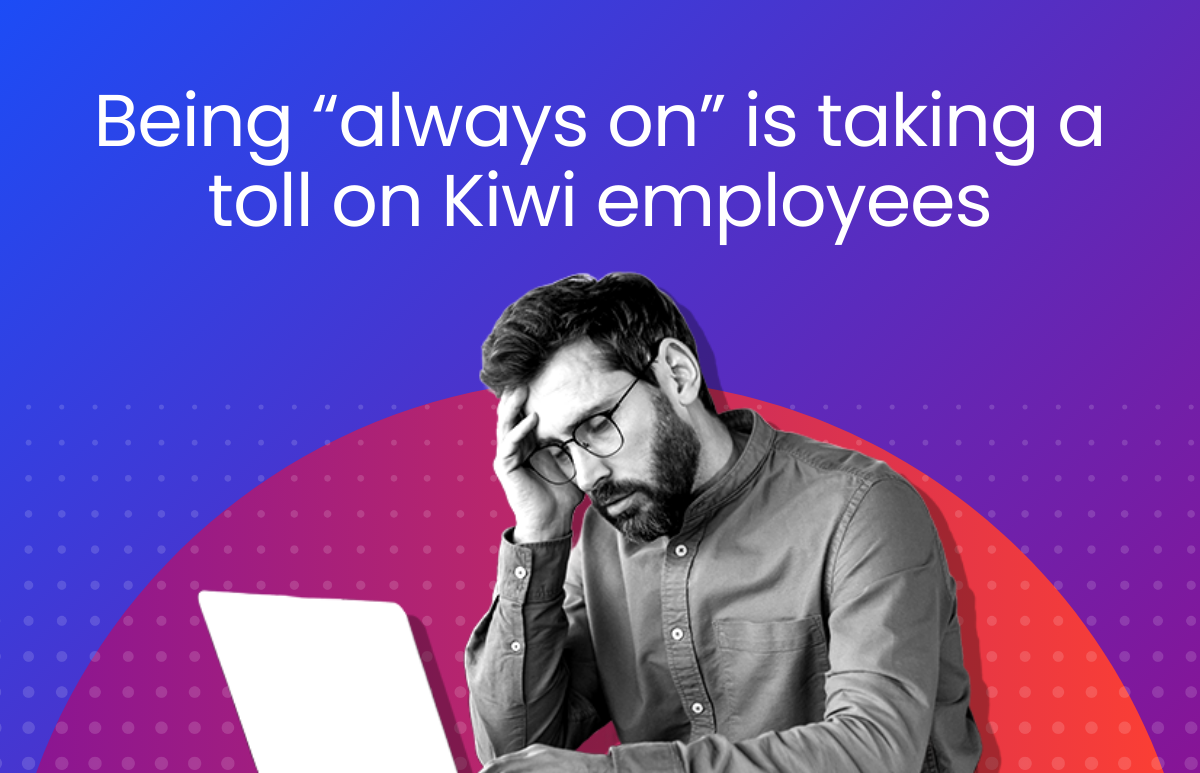How to Provide a Positive Candidate Experience

The candidate experience is a high stakes component of the recruitment process, but it’s often overlooked. The candidate experience provides prospective employees with a glimpse of how a company works and treats its staff, even before they are hired. A positive recruitment process, therefore, should ensure applicants are appreciated and respected – as this will improve chances of them being enthusiastic to work for your organisation, and being advocates of your brand.
What is the candidate experience?
The candidate experience is a person’s feelings when going through an organisation’s job application process. This experience can improve or negatively taint an applicant’s opinion of the hiring company for reasons that may have little to do with the job itself.
Why does the candidate experience matter?
By creating a positive hiring process, companies will continue to reap dividends.
A positive candidate experience makes a person more likely to be an advocate of your organisation and recommend your company to their peer groups, regardless of whether they get the job.
It’s also worth remembering that candidates – whether they get the role or not – might one day become your customers. If we imagine that one position receives interest from 200 applicants, only one of those applicants will land the role – meaning that a negative candidate experience could affect 199 potential customers or brand advocates.
Further, a preferred candidate who’s offered the role could still reject an offer if their candidate experience has been subpar. Just as you have been judging and observing the candidate throughout the process, they too have been observing and judging you as an employer.
What makes a great candidate experience?
Communication:
When you effectively communicate with candidates throughout each step of your recruitment process, they are far more likely to feel positively about your company. Good communication means prompt follow-up and regular updates. Radio silence for too long will leave you vulnerable to a preferred candidate being poached by another employer.
Outlining expectations:
Those managing the hiring process should ensure that the steps of the interview process are clearly explained from the outset. How many stages does the interview process involve? What will be covered in each interview? How long will the overall process take? These are all things the candidate will want to know and knowledge that will provide them with a sense of comfort.
Minimising interview stress:
Interview stress can be minimised by giving candidates plenty of notice. This paints a positive image of you as employer, showing you don’t set unrealistic expectations in a real-life working environment. If part of the interview process is an assignment, give your candidate enough time to complete it, and check your candidate will be able to complete the task within the allotted time.
Fair interview processes:
Holding fair, equitable interview processes is essential when judging candidates against one another. By holding structured interviews whereby all candidates are asked the same questions, hiring managers avoid the risk of implicit bias creeping in.
Feedback:
Whether or not your candidate is successful in any interview stage, providing them with feedback shows respect and helps candidates in their job search. After all, a candidate has taken the time to interview with you, so the least that you can do as a hiring manager is repay them for their investment of time with specific feedback outlining where they did and didn’t do so well. This makes the experience personalised and thoughtful as opposed to a blanket automated email to unsuccessful candidates. Feedback should flow in both ways, too. Applicants can feed back on their candidate experience via a short survey, which helps employers to continuously improve their candidate experience. Providing this feedback channel within your interview process minimises the risk that a candidate will air their negative feedback on your recruitment processes in a public domain, such as Glassdoor.
Getting candidates onboard
Once the successful candidate has accepted the job offer and reference checks are under way, the onboarding experience can begin. This includes collecting vital information such as proof of identity and working rights, which enables the contract creation phase to begin.
ELMO Software’s Recruitment solution enables talent teams to streamline offer approval and contract creation processes, significantly reducing the time-to-hire. Then, with nothing to print and a seamless electronic acceptance, candidates can accept their offer from anywhere, on any device.
Using an onboarding solution such as this reduces onboarding time from weeks to hours, enabling candidates to quickly become hires and to hit the ground running with a positive start to their employee journey.
How to improve the candidate experience: A checklist
Here is a simple checklist of items hiring managers can complete to make sure their candidate experience is as positive as possible:
- Confirm receipt of application
- Be transparent about all interview stages
- Reduce interview stress
- Provide feedback and make it personalised
- Collect feedback via a candidate experience survey
- Thank the candidate sincerely for their time and input, regardless of the outcome
ELMO Software is a cloud-based solution that helps thousands of organisations across Australia, New Zealand and the United Kingdom to effectively manage their people, process and pay. ELMO solutions span the entire employee lifecycle from ‘hire to retire’. They can be used together or stand-alone and are configurable according to an organisation’s unique processes and workflows. Automate and streamline your operations to reduce costs, increase efficiency and bolster productivity. For further information, contact us.
 HR Core
HR Core 









